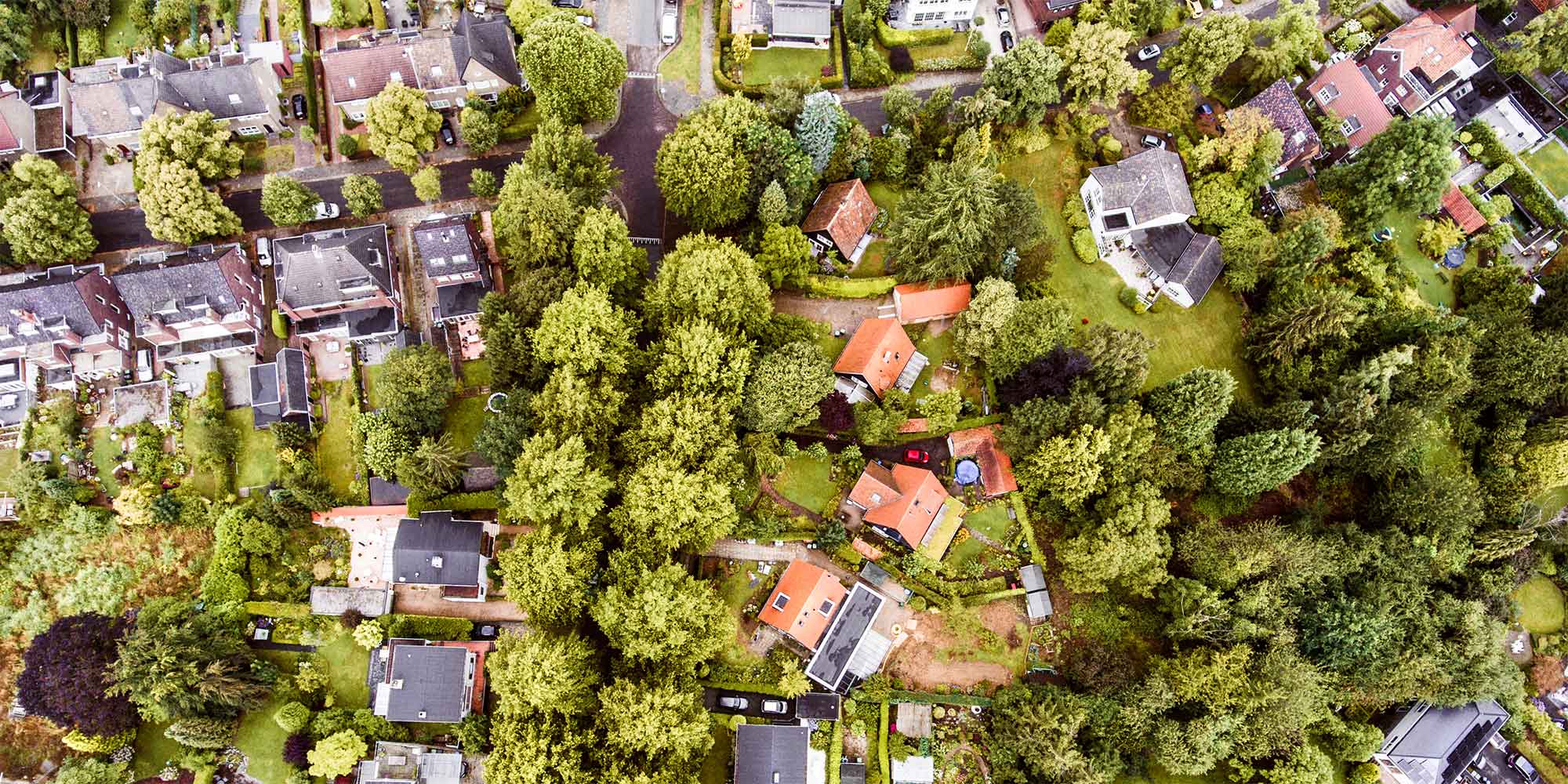Advertisement
If you own, live on, or are developing a piece of land of significant natural value, you will need to come up with a way of ensuring that you manage it responsibly – and the best way to do that is to think beyond your boundary fence. The plants, soil, birds and animals don’t recognise title deeds, so managing for nature requires thinking outside of the strict ownership model of land use.
What is a conservancy?
A conservancy is a collection of different contiguous properties whose owners have joined forces to collectively monitor and promote the conservation of ecosystems, animals and land. This is different to a nature reserve, game reserve or conservation area. Conservancies are voluntary, so they have very little legal status, but the members are bound by the constitution as long as they remain members.
Because conservancies are not nature reserves, they can and do support a range of activities from residential to agricultural, and even industrial and/or retail. There are no hard and fast rules as to how or what conservancies conserve, so it’s essential to have a shared vision. Some landowners may get together to preserve a particular plant or bird, or a special spot, such as a vlei or wetland, a forest, an island of indigenous vegetation such as fynbos in the Cape, or Highveld grassland in Gauteng, or even a geological formation. Some conservancies are concerned with alien eradication and replanting indigenous vegetation, some on fire prevention, and some on preventing poaching, while others may be focused on one specific species of frog, butterfly or bird.
Whatever the focus of the conservancy is, it is essential that all the members share the vision. It is also essential to have an energetic and dedicated champion, says Liz Eglington of Conservation at Work. ‘Without a champion, a believer who makes it all happen,’ she says, ‘it can all fall apart.’ She cites fabulous conservancies that just faded away after the chair left, so she adds, ‘you need a succession plan.’
Advertisement
How big must a conservancy be?
Conservancies range from quite small, urban conservancies that focus on a tiny area of natural value to large ones extending over thousands of hectares on many farms.
The tiny Korsman Conservancy in Benoni, which consists of 200 separate properties with about 100 members, measures a mere 107 hectares. Focusing on the 49-hectare bird-rich Korsman Pan, this conservancy is truly urban, being only 12 kilometres from OR Tambo International Airport, and consisting mostly of suburban homes.
So how do you start a conservancy?
Creating a conservancy is deceptively easy.
- The first step is to chat to your neighbours to see if they are interested. If they are, move on to step two. If they are not, find out why and, if feasible, find out what would be needed to get them on board. At this point, you would usually already have an idea of what the focus will be.
- Once you have ascertained that there is an interest, call a public meeting of all landowners and stakeholders. Make sure you publicise the meeting widely so that any interested parties can attend. At this stage you need to agree on the main thrust of the conservancy, e.g. to preserve a small spring, to conserve a particular species of bird, or to rejuvenate a wetland.
- Form a committee.
- One of the first things the committee will do is draw up a constitution – you can get assistance, including a pro-forma constitution, from the National Association of Conservancies and Stewardship of South Africa (Nacssa).
- Once you have drawn up, and ratified, your constitution, register the conservancy with the appropriate organisation. In the Western Cape, you will register with CapeNature, which you can do with the assistance of Conservation at Work. In the rest of the country, consult with Nacssa, who can assist with the red tape.
What are the advantages of forming a conservancy?
- The most obvious advantage is that a conservancy enables you to proactively manage your land, and the land around it, in a way that conserves and nurtures the natural flora and fauna. This is achieved both through economies of scale – because each landowner does not need to work alone – and because it does away with the problem of one landowner, for example, trying to preserve indigenous vegetation while their neighbour allows invasive aliens to grow right up to the fence line.
- Unlike establishing a nature reserve or protected area, forming a conservancy is voluntary, and does not get written into the title deed. So, while joining a conservancy is a good idea, it is something you can get out of if it does not work out the way you intended. But this also means that it is a good first step in the process of considering more formal conservation status. Think of it as an engagement, rather than a marriage.
- As an estate, forming part of a conservancy – or any protected area – will almost certainly reflect positively on property values, as it has been shown in many parts of the world that buyers are prepared to pay a premium for property that is on or close to natural areas. In Benoni, for example, properties with a view of the Korsman Pan command significantly higher prices than nearby properties that don’t have a view of the conservancy.




I really enjoyed reading this and I got a lot of interesting information. See, I am trying to form a conservancy around the area that I live in and I am not quite sure on how to go on about it. I already know where and what needs protection and why it needs it.
Thank you for the steps on how to form one and get the community involved and also for the contact of the right organization to get on touch with.